You might think cooking is just throwing stuff in a pot and hoping for the best, but turns out, your kitchen habits could be sneaking nutrients right out the back door. Yep, that perfectly crunchy broccoli or bright carrot might be losing its good stuff faster than you can say “dinner’s ready.” In fact, there are ten common cooking mistakes that greatly reduce the nutritional value of what you cook.
The good news? Fixing these sneaky slip-ups doesn’t mean you need a degree in food science or a fancy gadget. A few tweaks here and there can keep your meals packed with the good stuff without turning cooking into a chore. Let’s get into some common mistakes that might be sabotaging your nutrition and how to dodge them like a pro.

Overcooking Vegetables
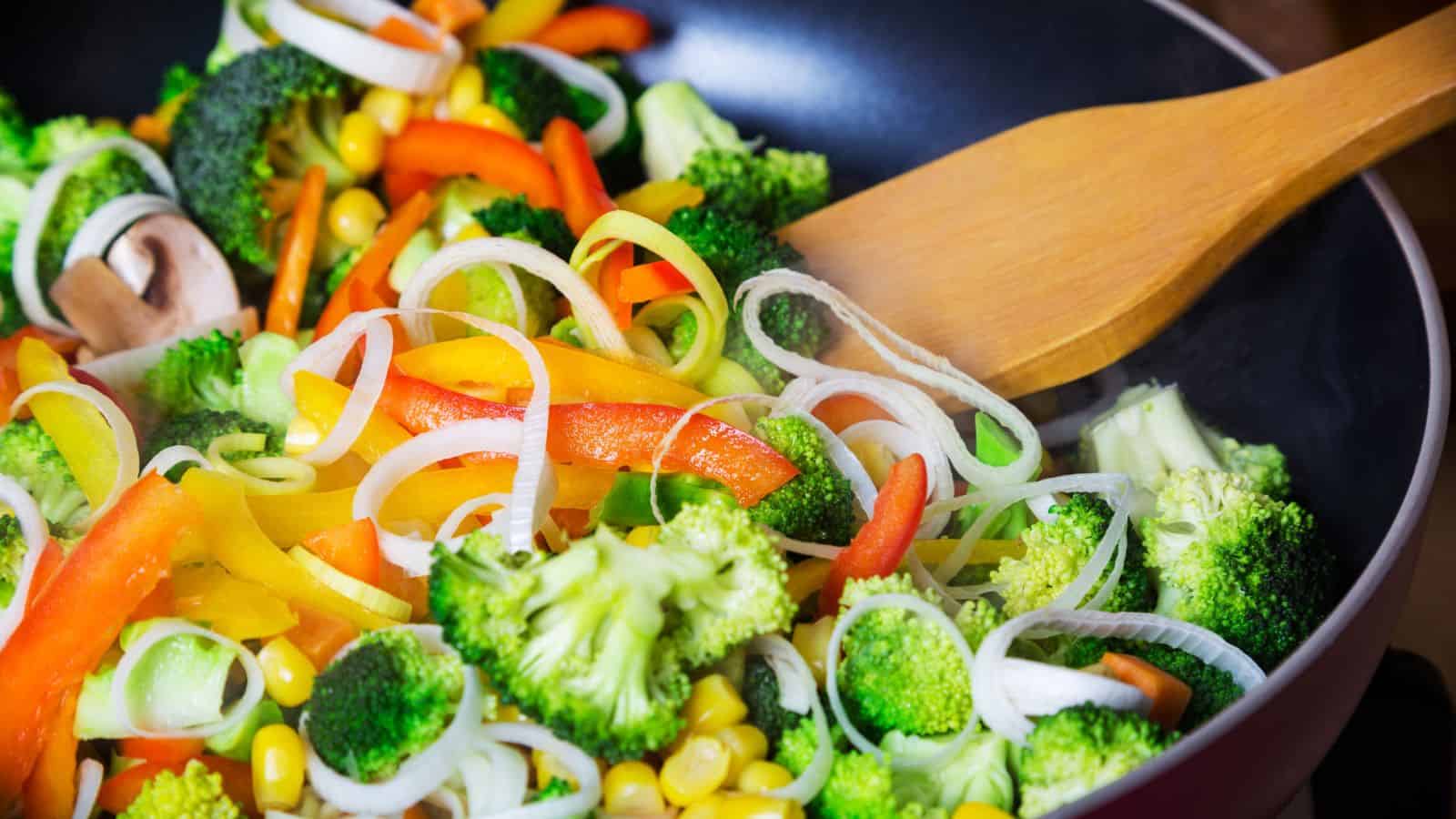
Cooking vegetables for too long, especially with methods involving boiling or steaming, causes the breakdown of vitamins that are sensitive to heat, such as vitamin C and several B vitamins. These nutrients degrade quickly when exposed to high temperatures over extended periods. The texture and color of vegetables may also change, signaling nutrient loss. Shorter cooking times or gentler methods, such as steaming for a few minutes, preserve more of these essential nutrients. Overcooked vegetables not only lose vitamins but may also lose minerals and antioxidants, significantly reducing their health benefits.
Using Excessive Water When Boiling
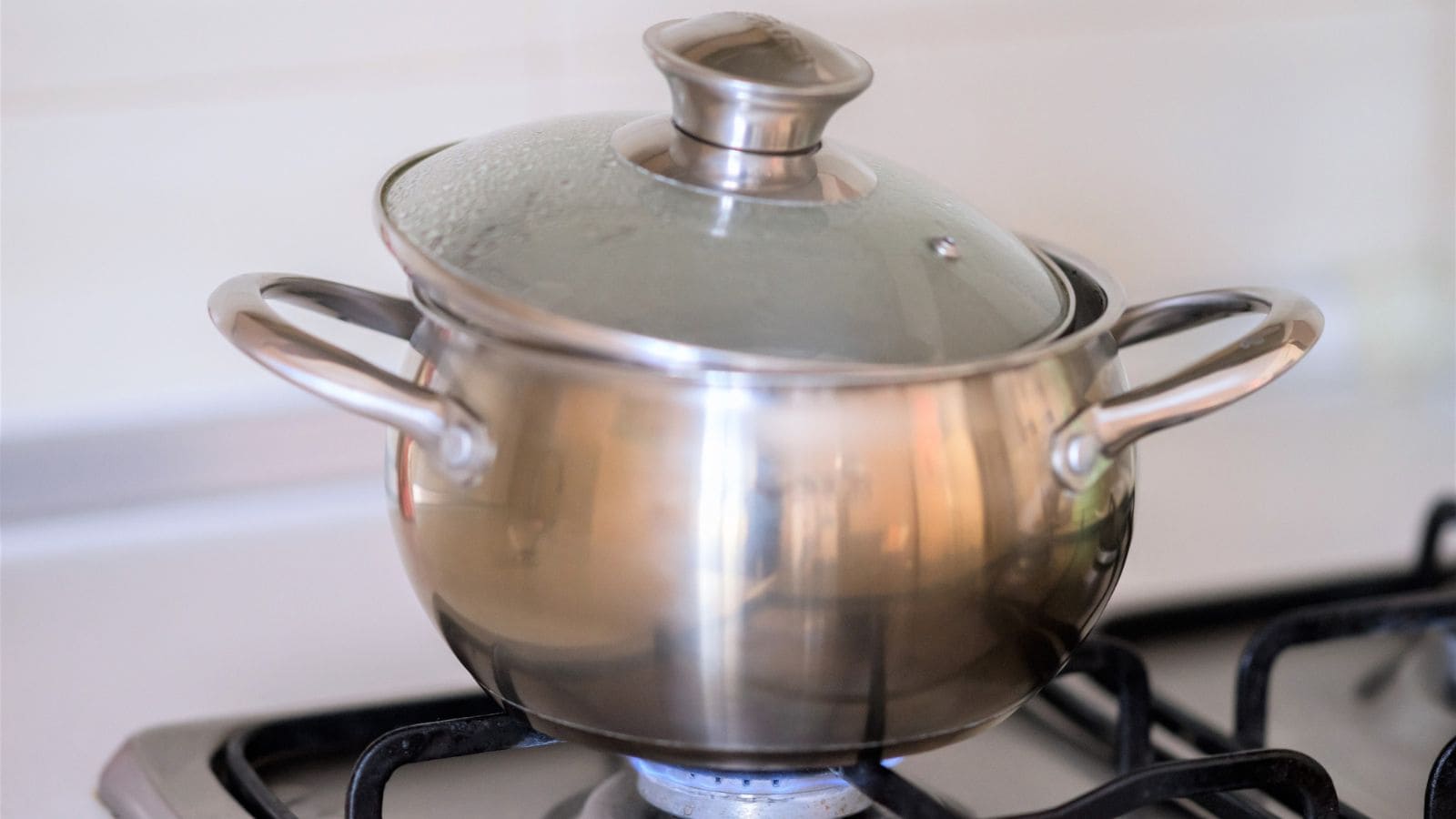
When vegetables are boiled in large amounts of water, many water-soluble vitamins, including vitamin C and B vitamins, dissolve into the cooking liquid. If this water is discarded after cooking, the nutrients are also lost. This practice diminishes the nutritional content of the food on the plate. Using less water, or cooking methods that retain the liquid, such as steaming or simmering with a lid, helps keep more nutrients intact. Alternatively, using the leftover cooking water in soups or sauces can help reclaim some of the lost vitamins.
Peeling Vegetables Too Deeply
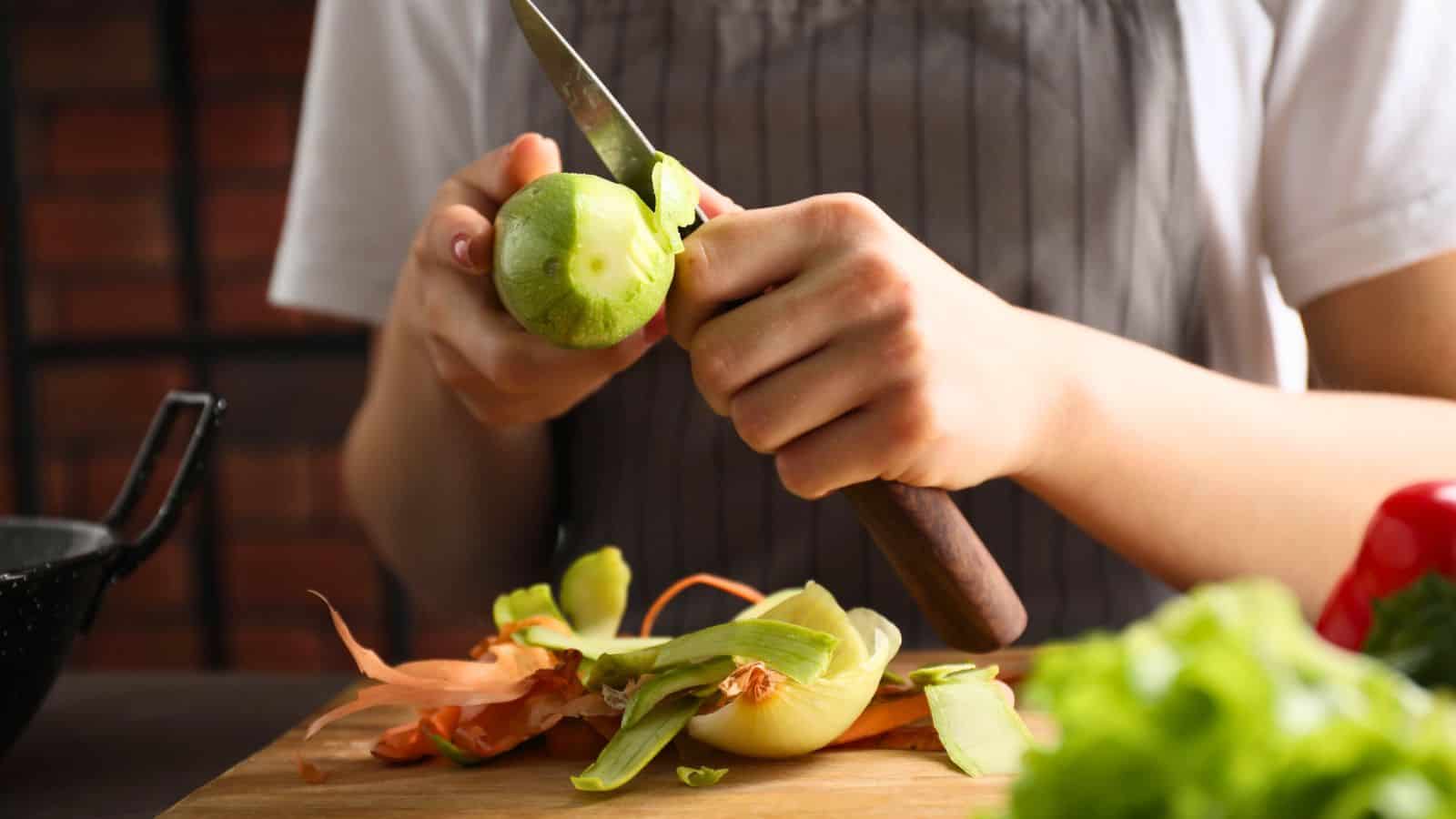
The skin and just beneath the skin of many vegetables contain a high concentration of nutrients, including fiber, vitamins, and antioxidants. Removing too much of the outer layer strips away these valuable components. For example, potatoes, carrots, and cucumbers have a significant portion of their nutritional content located near the surface. Peeling deeply or completely can reduce the intake of dietary fiber and micronutrients that support digestion and overall health. Washing vegetables thoroughly and peeling minimally helps retain these important nutrients without compromising cleanliness.
Cooking at Very High Temperatures

Applying intense heat during cooking, such as frying or grilling at very high temperatures, can lead to the destruction of heat-sensitive vitamins and antioxidants. Vitamins like vitamin C and some B vitamins are particularly vulnerable and break down quickly under these conditions. Additionally, excessive heat can cause the formation of harmful compounds and reduce the bioavailability of certain nutrients. Using moderate heat and cooking food just until done helps minimize nutrient loss, while also reducing the risk of producing unwanted chemicals that may affect health.
Microwaving Without Covering Food

When food is microwaved without a cover, moisture escapes rapidly, causing dehydration and uneven heating. This can lead to greater nutrient loss, especially of water-soluble vitamins that are sensitive to heat and air exposure. Covering food traps steam, which helps cook food more evenly and retains moisture, preserving vitamin content. Additionally, a cover prevents splattering and helps maintain the food’s texture. Using microwave-safe lids or wraps reduces nutrient degradation and improves cooking efficiency by maintaining a stable environment inside the microwave.
Reheating Food Multiple Times
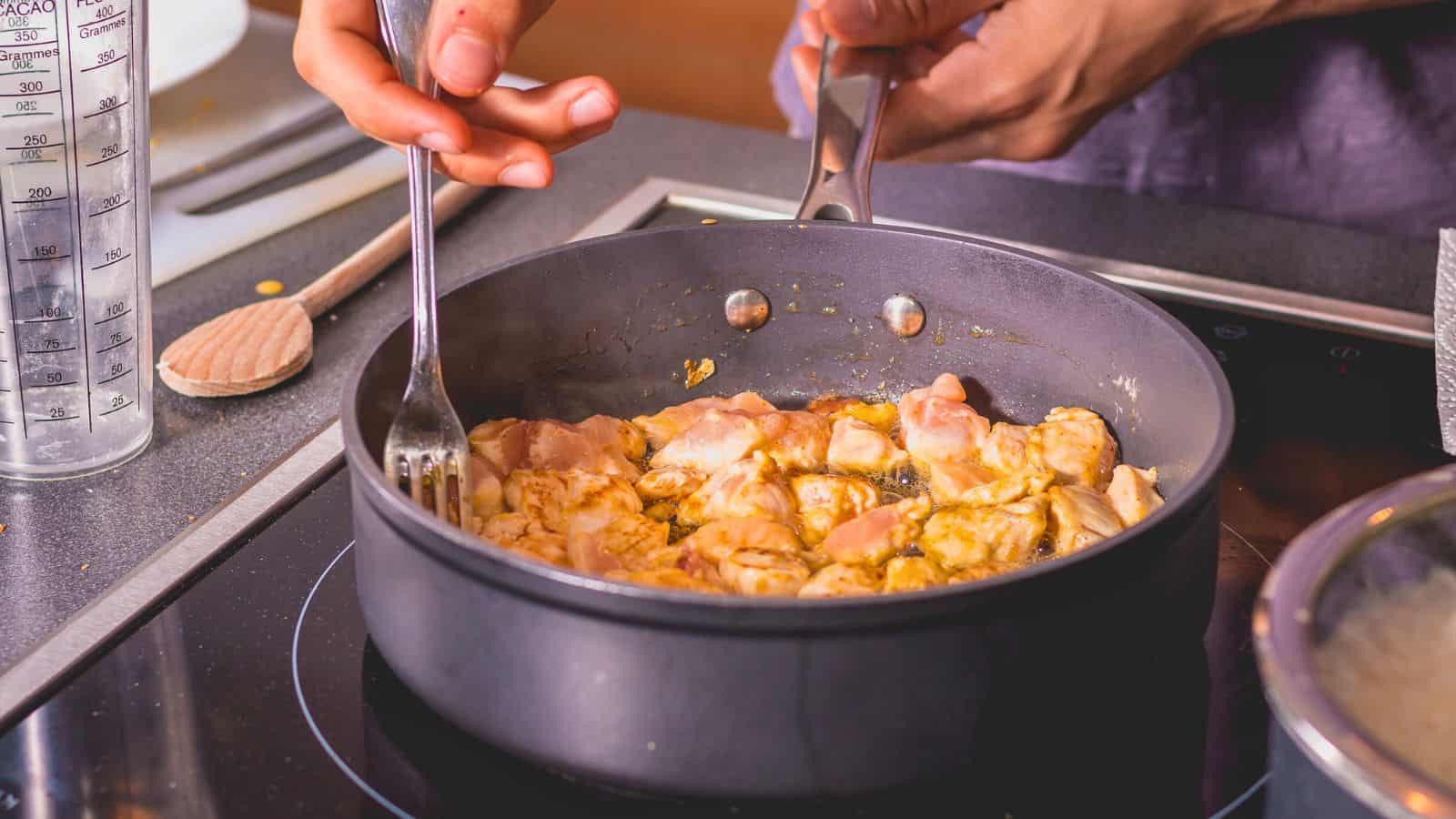
Repeatedly heating food causes cumulative nutrient loss, especially of vitamins sensitive to heat, such as vitamin C and some B vitamins. Each reheating cycle exposes the food to heat again, further breaking down these delicate nutrients. Additionally, repeated heating can alter the texture and flavor of food, sometimes making it less appealing to eat. To minimize nutrient degradation, it is better to reheat only the portion intended for consumption and avoid multiple reheats. This practice helps maintain more of the original nutritional content and reduces the risk of food spoilage.
Using Excessive Oil or Fat
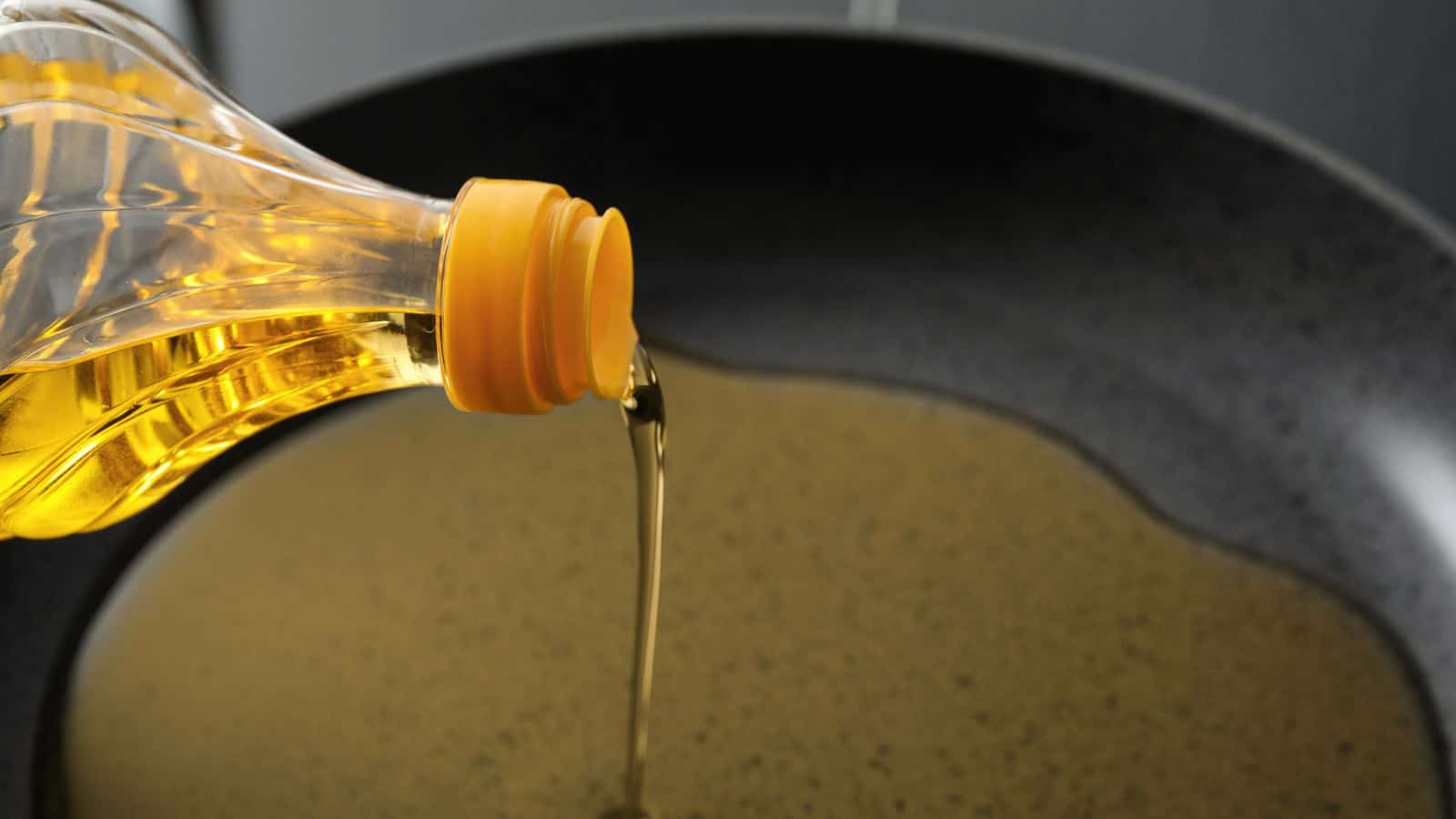
Adding large amounts of oil or fat during cooking can affect the nutrient profile of a dish. While some fats are necessary for absorbing fat-soluble vitamins like A, D, E, and K, too much fat can lead to an imbalance in calorie intake. Excessive heat combined with oil can also degrade certain heat-sensitive nutrients. Moreover, the type of fat used is important; unhealthy fats can contribute to inflammation or other health issues. Moderation and choosing healthier fats, such as olive oil, can help maintain nutrient quality without overwhelming the dish.
Discarding Cooking Liquids
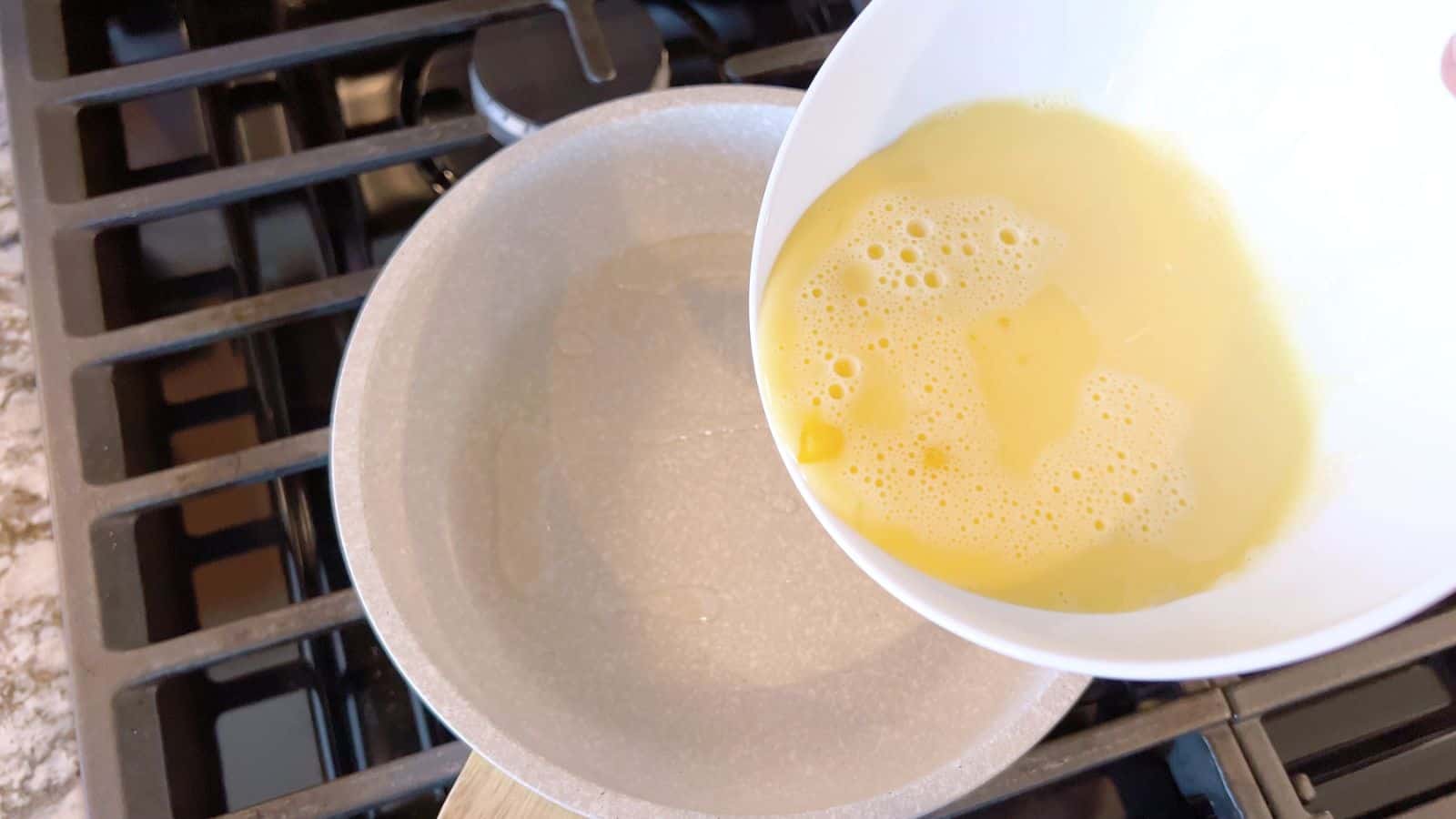
When vegetables or grains are cooked in water, some nutrients leach into the liquid, including water-soluble vitamins and minerals. Throwing away this cooking liquid results in the loss of these nutrients. Instead of discarding it, using the liquid as a base for soups, sauces, or gravies captures those nutrients and adds flavor. This approach reduces waste and optimizes the use of vitamins and minerals that would otherwise be lost. Retaining cooking liquids maximizes the nutritional value of meals and promotes a more resourceful approach to cooking.
Not Using Acidic Ingredients When Cooking Vegetables

Adding acidic components like lemon juice or vinegar during or after cooking vegetables can help preserve certain nutrients, especially vitamin C. Acidic environments slow down the breakdown of chlorophyll and other pigments, maintaining the color and nutrient content of the vegetables. Without acidity, some nutrients degrade more quickly during cooking, resulting in a duller appearance and reduced nutritional benefits. Including a splash of acid in vegetable dishes can also enhance flavor without adding salt or fat, making it a beneficial technique for retaining both nutrients and taste.
Storing Cut or Peeled Produce for Too Long Before Cooking

Once vegetables or fruits are cut or peeled, they begin to degrade sensitive nutrients, particularly vitamin C and certain antioxidants, due to exposure to air and light. Prolonged storage after preparation allows oxidation to occur, which diminishes the nutrient content and may affect texture and flavor. To keep produce as nutritious as possible, it is best to prepare it shortly before cooking or consuming. If storage is necessary, keeping cut items in airtight containers and refrigerating them can slow nutrient loss, but not completely prevent it.
Cook Smart, Not Sorry

Cooking smarter doesn’t have to be complicated or take extra time. Making just a few simple changes can help retain more nutrients in your food, making your meals healthier without requiring any extra effort. It’s all about being a little more aware of what’s happening in the kitchen and avoiding the easy traps that sneak up on all of us.
So next time you’re chopping, boiling, or reheating, remember these tips and give your food the best chance to stay packed with good stuff. After all, you put in the work to cook—why let those nutrients bail out early? With a few tweaks, you can turn your everyday meals into something that’s not only great to eat but better for you, too.
Essential Food Safety Tips Every Home Cook Should Know
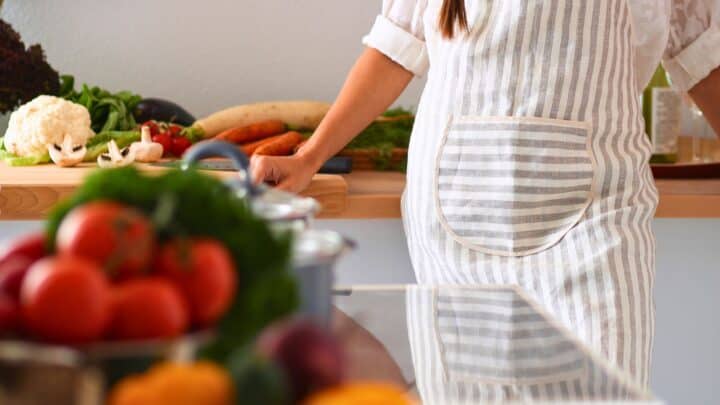
Food safety is a crucial aspect of cooking that often doesn’t get the attention it deserves. We all love preparing meals and sharing them with friends and family, but it's important to remember that improper food handling can lead to serious health risks. By adopting these 15 food safety tips, you can create a safe cooking environment that helps prevent foodborne illnesses.
Read it Here: 15 Essential Food Safety Tips Every Home Cook Should Know
Get Rice Just Right and Fluffy Every Time With These 11 Tips

Getting rice to turn out just right can feel like a challenge, but it really doesn’t have to be complicated. The key is understanding these 11 tips on making rice that help the grains cook evenly and stay fluffy, rather than sticky or mushy. Whether you’re making a quick weeknight dinner or prepping a bigger meal, knowing how to handle rice properly saves time and avoids frustration.
Read it Here: Get Rice Just Right and Fluffy Every Time With These 11 Tips






Tell Me What You Think!